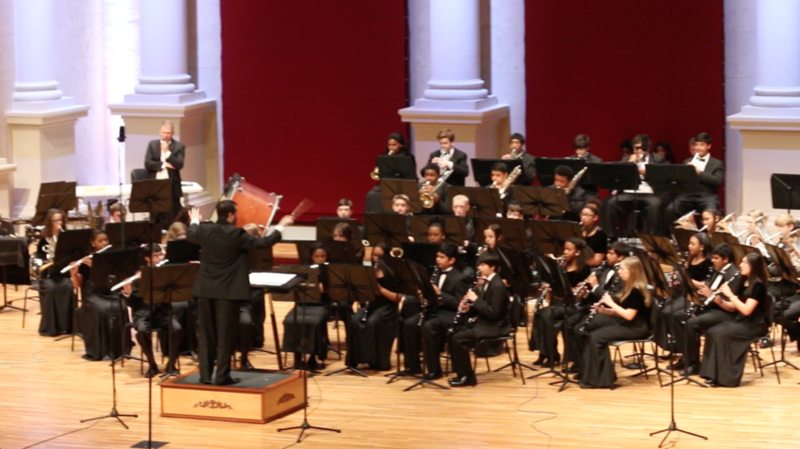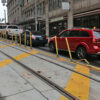S tudents of a high school local to where I am based who are part of either its band or orchestra were excited about traveling to China to play their instruments in concert — but they were required by policy to travel separately in the unlikely event of an airplane crash or other traumatic event to mitigate any possibility of a large number of participants being injured or killed, according to what was relayed to me earlier today.
Each student paid approximately $4,000.00 in total for the trip, which I understand they enjoyed.
Should Students Be Required to Travel Separately on an Official School Trip?
The annual risk of being killed in an airplane crash for the average American is approximately one in 11,000,000; so I was puzzled as to why such a policy exists in the first place…
…and why stop at airplanes? How about booking rooms for all of the students and faculty in separate hotels in case one burns down or gets attacked by terrorists? Instead of buses, how about using a convoy of cars or other types of vehicles?
One of the more famous incidents involves Jerome Niemeyer, who was the driver of a bus carrying players of the baseball team of Bluffton University to Sarasota from Ohio on Friday, March 2, 2007 at 5:38 in the morning prior to dawn. While driving overnight, Niemeyer apparently mistook an exit ramp from the high occupancy vehicle lane for another lane on Interstate 75 at Northside Drive in Atlanta — the ascending exit ramp ending at the top — and was unable to stop, crashing through a guard rail on the other side of the Northside Drive overpass and falling onto the southbound left lane of Interstate 75. Niemeyer, his wife, and five students were killed in the crash; while others were injured.
Since that incident, a number of safety devices — including road markings, warning signs and flashing lights — were installed on and prior to the entrance of that exit ramp; and a total of $25 million was paid to resolve the claims of all of the occupants of that bus…
…but would several vehicles have lowered the number of deaths and injuries, as theoretically only one driver would have committed that error?
Summary
My opinion is that the booking of separate flight itineraries for the students is that it is an excessive measure to take in terms of maximizing safety for all involved with a mode of transportation which has experienced a relatively low rate of casualties — significantly lower than those of buses. If the flights were booked as a matter of convenience or for taking a side trip — a trip to Kuala Lumpur or Bangkok on the way to China as two examples — that would be another story and the choice of the passengers.
I do not have the complete story at this time; but I can find out more information. If you have any questions, please post them in the Comments section below so that I may relay them.
Photograph ©2015 by Brian Cohen.

